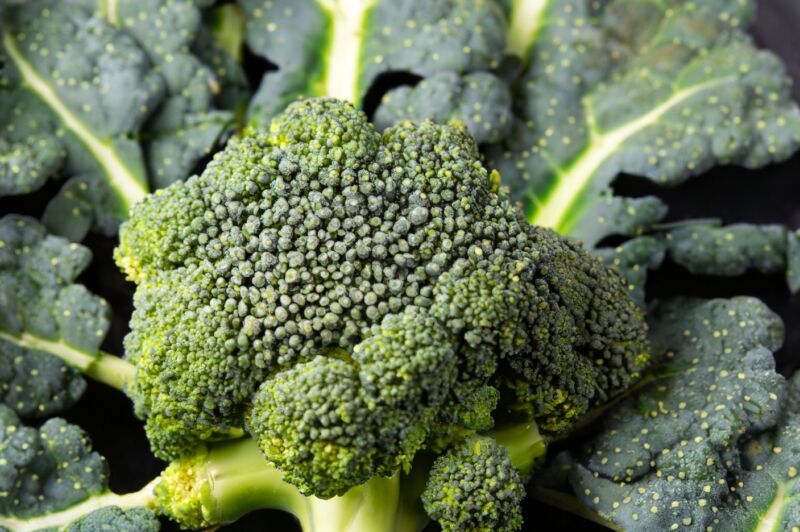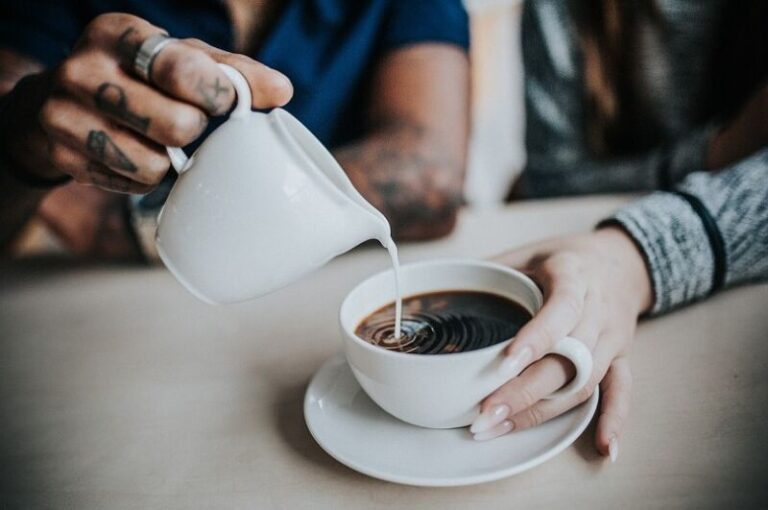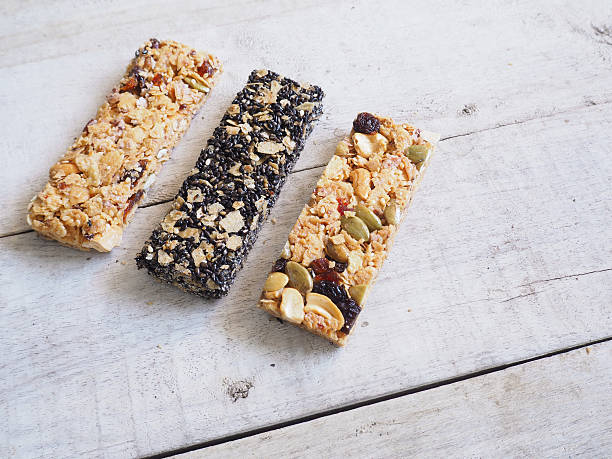Are Black Spots on Broccoli Stems Safe to Eat?
Broccoli is one of my favorite vegetables. It’s nutritious, affordable, and versatile enough to include in a variety of dishes. However, I’ve occasionally brought home heads of broccoli from the market only to find dark black spots speckled across the stalks and stems when I begin prepping them in the kitchen. Black spots on broccoli stems always make me hesitant about whether the vegetable is still safe to eat.
As an avid home cook and produce consumer, I decided to do some research to find out what causes these black spots on broccoli and determine if broccoli is still edible once these blemishes appear. Here’s what I discovered about the safety, causes, health risks, identification, storage, and preparation of broccoli with black spots from farm to fork.
What Causes Black Spots to Develop on Broccoli Stems?
There are a few different factors that can lead to the development of black or darkened spots on broccoli stems, including:
Fungal Infections
One of the most common causes of black spots on broccoli is fungal infection. Fungi like alternaria and downy mildew can infect the plant and cause black lesions or decay on the stalks, leaves and florets. Damp conditions promote fungal growth.
Bacterial Infections
Bacterial diseases like black rot can also cause dark blemishes on broccoli that may appear black. Bacteria thrive in warm, humid conditions.
Physical Damage and Bruising
Rough handling of broccoli during harvesting, transport and packaging can cause bruising and crushing injuries. This physical damage results in black or brown spots on the stems.
Nutrient Deficiencies
Mineral deficiencies in the soil like low boron or calcium can affect nutrient uptake in broccoli. This can lead to black, dead tissue areas on the stems.
Overmaturity
As broccoli heads get overmature and start bolting or flowering, the stems may turn woody and develop dark spots. The florets will also start to open and separate.
Are Black Spots a Sign Broccoli is No Longer Safe to Eat Raw?
The safety of consuming broccoli with black spots depends on the cause and severity of the blemishes. Here are some guidelines on when it’s best to avoid eating broccoli raw if you notice black marks:
- Black spots caused by fungal or bacterial infection indicate spoilage and possible contamination. Broccoli with any signs of mold or decay should not be eaten raw due to the potential for foodborne illness. Cooking thoroughly can kill harmful pathogens.
- Widespread dark spots suggest the broccoli is overmature or damaged. Broccoli with extensive blackening is past its prime and likely to have an unpleasant texture. It’s better to discard than eat raw.
- Minor, localized bruising is acceptable. Small black spots from physical damage are safe to eat as long as the surrounding broccoli looks and smells fresh. Use bruised parts soon before any decay develops.
- When in doubt, throw it out or cook it. It’s not worth the risk to consume broccoli raw if you notice any questionable black spots. Cooking broccoli will provide an extra layer of safety and minimize food safety risks.
What Are the Health Risks Associated with Eating Broccoli with Black Spots?
Consuming broccoli that has begun to spoil or decay can potentially cause health issues:
Food Poisoning
Moldy, damaged broccoli may harbor disease-causing bacteria like Salmonella, Listeria, and E. coli. Eating contaminated broccoli raw can lead to foodborne illness. Cooking helps kill bacteria but cannot neutralize toxins.
Digestive Problems
Spoiled, overmature broccoli contains compounds that are difficult to digest and can irritate the stomach. This can cause symptoms like nausea, vomiting, diarrhea, and abdominal cramps.
Allergic Reactions
Mold spores on decaying broccoli may trigger allergic reactions in sensitive individuals. Symptoms include hives, itching, and swelling of the lips or throat.
Increased Toxin Exposure
As molds break down broccoli tissue, they can produce mycotoxins that are toxic even in small amounts. People who consume moldy broccoli run the risk of mycotoxin exposure.
Suppressed Immunity
People with compromised immune systems like the elderly, pregnant women, infants, and those receiving chemotherapy are most at risk for infection from contaminated broccoli that hasn’t been cooked properly.
How to Identify if Broccoli is Still Safe to Eat
It’s important to thoroughly inspect heads of broccoli with black spots to determine if they are still suitable for consumption. Here are some tips on what to look for:
Check for Mold
White, gray, black, green or blue fuzzy mold is a sign of advanced spoilage. Discard moldy broccoli.
Look for Damage
Major dark softened areas, holes or large blemishes indicate rotting. Don’t consume.
Smell for Off Odors
Broccoli past its prime smells unpleasant, sulfurous or funky. Don’t eat if odor is foul.
Feel the Texture
Wet, mushy florets or slimy stems are red flags for spoilage. Edible broccoli feels firm.
Trim Affected Parts
If damage appears minor, trim off blackened sections of stems. Inspect and remove any questionable florets.
When in Doubt, Toss It Out!
Don’t take risks with broccoli that looks or smells off. Remember, you can’t visually identify all contaminants.
Follow Proper Storage to Prevent Black Spots
Broccoli quality declines rapidly after harvest. Proper storage is key to preventing premature spoilage and black spot development:
- Store unwashed heads in perforated plastic bags in the refrigerator. Keep broccoli dry.
- Use raw broccoli within 3-5 days for best flavor, texture and nutrient retention.
- Position away from ethylene-producing fruits like apples that hasten deterioration.
- Blanch and freeze broccoli florets for longer storage up to 6 months.
- Do not wash before storing as moisture promotes microbial growth.
- Maintain refrigerator temperature at 40°F or below. Higher temps accelerate spoilage.
Safely Preparing and Cooking Broccoli After Trimming Black Spots
Broccoli that is still relatively fresh but has some black spots can be safely prepared with proper trimming and cooking:
- Wash broccoli thoroughly in cold running water before cooking.
- Trim off any blackened portions of the stems with a paring knife or vegetable peeler.
- Check for mold and remove any florets that are damaged or appear questionable.
- To kill potential pathogens, cook broccoli thoroughly until tender by steaming, boiling, sautéing or stir-frying.
- Avoid eating any parts of broccoli raw if black spots were initially visible before trimming.
- When reheating cooked broccoli, ensure it reaches 165°F internally.
- When in doubt about broccoli safety, remember it’s better to be cautious and discard questionable produce.
The Bottom Line on Black Spots
After developing a few black spots, broccoli is risky to eat raw. Minor bruising is harmless but decay and mold necessitate cooking to reduce foodborne illness risks. With proper post-harvest handling, storage and preparation, broccoli can still be safely enjoyed even after minor black spotting occurs. When I spot black spots on broccoli stems in the future, I’ll simply trim and cook them thoroughly rather than dismissing the whole head. With the proper precautions, broccoli with some black blemishes can still be safely eaten.






